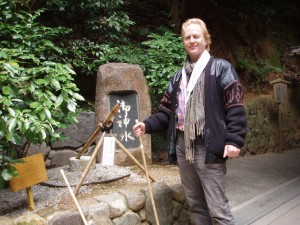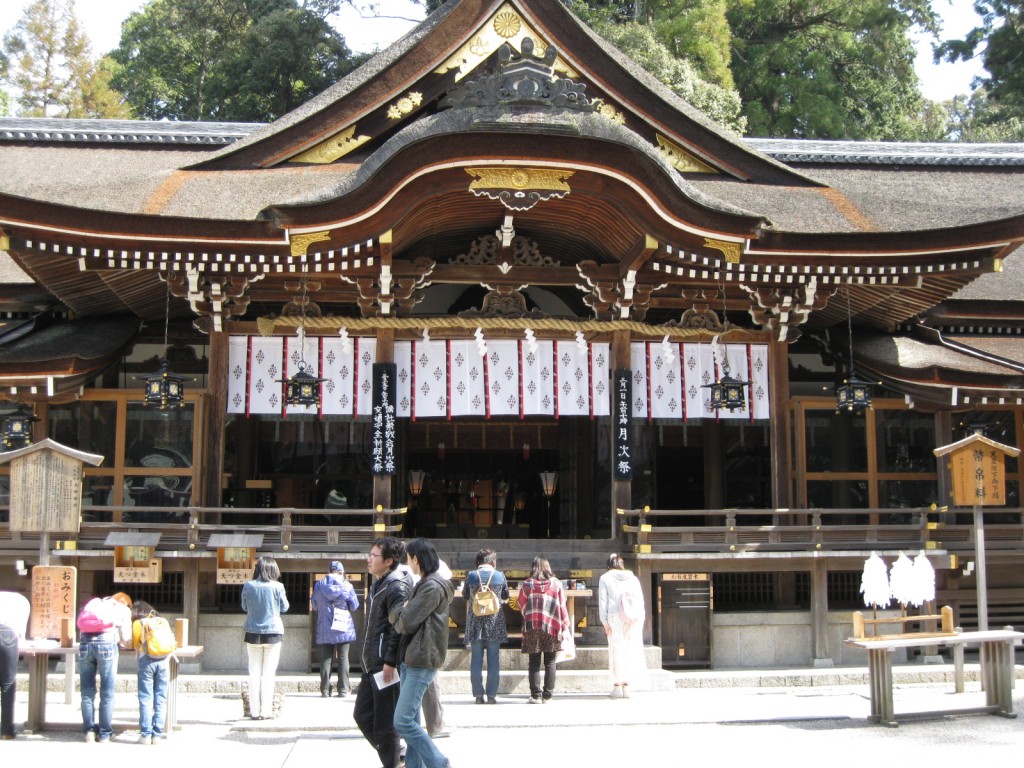There’s an exciting lecture coming up in Kyoto on the 23rd of this month on “Assembling Shinto: Buddhist approaches to kami worship in medieval Japan” by Anna Andreeva. It’s part of an excellent series put on by the European Consortium for Asian Field Study (comprising the Italian School of Oriental Asian Studies and the French School of Study of the Far East).
**************************************************
KYOTO LECTURES 2013 Wednesday, January 23rd, 18:00h
co-hosted by the International Research Center (Institute for Research in Humanities, Kyoto University)
The lecture is at the Institute for Research in Humanities (IRH), Kyoto University (seminar room 1, 1st floor)
Speaker: Anna Andreeva
Recent discoveries at Buddhist temples and private collections demonstrate that there is still much to be learned about medieval Japan. From fourteenth century ritual texts Japan emerges as a multi-layered landscape where ancient sacred mountains and cultic sites were constantly criss-crossed, appropriated and reimagined by peregrinating holy men, mountain ascetics, Buddhist monks and, in many cases, the Shinto clergy.

A modern-day pilgrim at Miwa, walking in the footsteps of the peregrinating holy men of the past
Traversing the history of Mt Miwa in present-day Nara prefecture, this talk will concentrate on the agency, ritual goals and motivations of local Buddhist practitioners, and will cast light on the concepts found in medieval Buddhist and Shinto ritual texts, images and doctrines, that circulated at Ise, Miwa, Hiei and other cultic sites.
We will see how, why and to what extent Buddhist ideas encapsulated in the imagery of the Womb and Diamond Realm Mandalas (Kongōkai and Taizōkai) had penetrated and influenced the ideas about kami in fourteenth-century Japan. To this end, the talk will show that these ideas were integral to the ritual constructions of buddhahood and symbolic acquisition of rulership.
**************************************************
Anna Andreeva is an academic fellow at Karl Jaspers Centre, University of Heidelberg. Her previous work explored the medieval engi texts (“The Origins of the Great Miwa Deity: The transformation of a sacred mountain in premodern Japan”, 2011, Monumenta Nipponica) and the Buddhist approaches to kami worship (“The Deity of Miwa and Tendai esoteric thought”, in Esoteric Buddhism and the Tantras in East Asia, Brill 2011.

Miwa Shrine overlooking the Yamato basin, at one time deeply syncretic

Leave a Reply